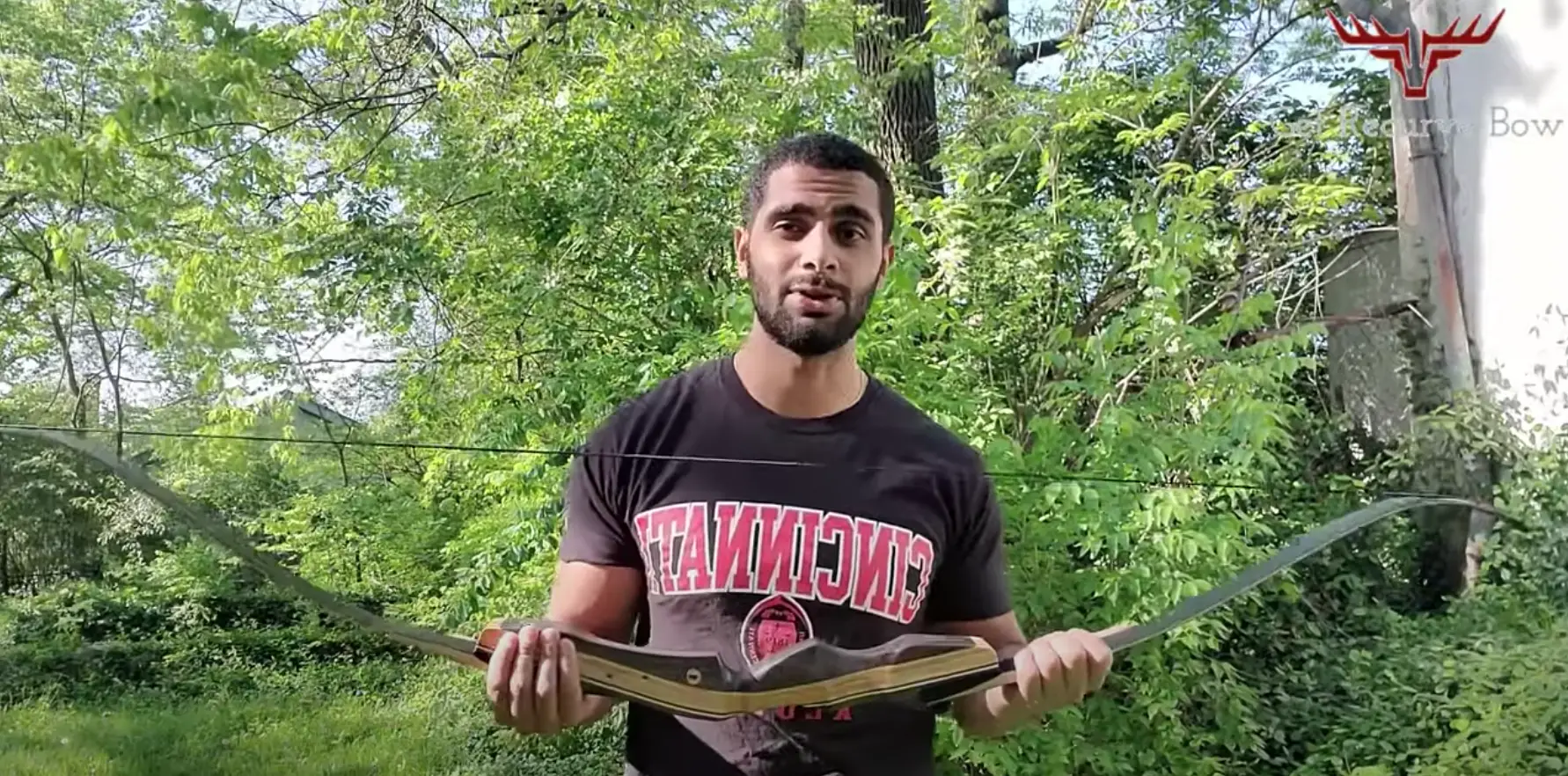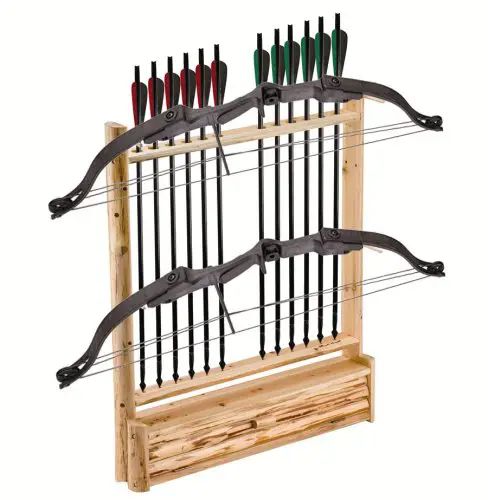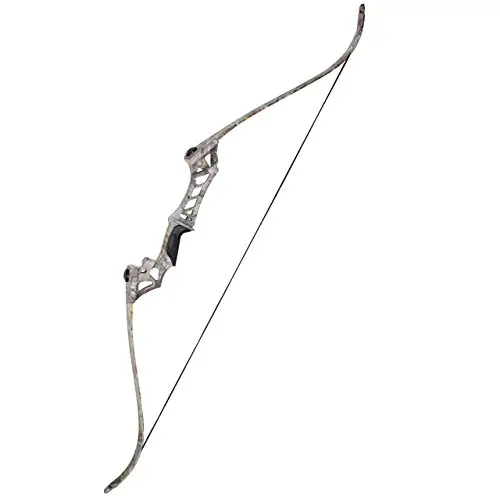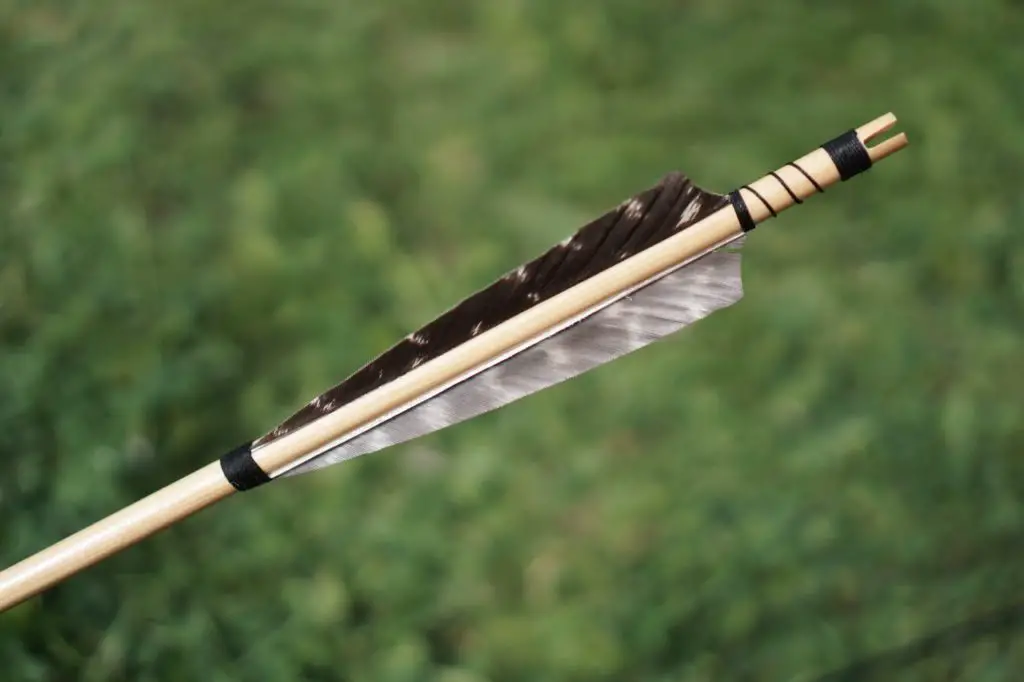Recurve bow safety is not something that is commonly discussed. What many of us forget is that, at the end of the day, a recurve bow is a weapon. It’s can be used for taking down large game like elk or even bear. In the wrong hands, a recurve bow can be very dangerous. Honestly in most cases being safe with a recurve bow comes down to common sense. Most of these rules are going to be very obvious but you’d be surprised how many people don’t follow them.
The most common offenders are new archers. Some things an experienced archer might know intuitively (like what an arrow can penetrate and what it can’t) is something a beginner archer still hasn’t learned. This can lead them to participating in unsafe behavior without them even knowing.
With some basic safety rules in mind, you can enjoy archery to it’s full extent.
7 Rules of Using a Recurve Bow Safely
Here are the 7 rules every recurve bow archer should know before taking their first shot.
1. Never Dry Fire Your Bow
For those out there that don’t know what dry firing is, dry firing is when you pull the string of your bow back without having an arrow attached to the string. Although this may seem harmless it actually wreaks havoc on your bow. In some instances, this could actually cause your string or limb to snap. This can be very dangerous to the archer or others nearby.
We need to remember that a bow’s string is holding an immense amount of energy when drawn back. If that energy is not transferred properly to an arrow (because one is not present), it distributes that power throughout the bow. If you’ve ever dry-fired a bow before you can feel the power in the hand that’s holding the riser.
Many forget how dangerous a bow can be. When used properly you have nothing to worry about but when dry firing, you put immense strain on your bow which decreases its life span and is dangerous to the user.
2. Never Point a Bow at Someone
This may sound like an obvious recurve bow safety rule but you’d be surprised. Only point the bow at something you plan on firing at. Especially if you have the string pulled back.
Another important detail to consider is how close the nearest door or walkway is to your target. Some, without realizing it, place their target near a door. Someone could very easily walk out the door while you have the string pulled back and ready to fire. If someone were to walk out, they’ll immediately be in your line of fire.
Although uncommon, people do get injured every year from recurve bows. The most common reason is that people walk out in front of a target or the arrow passes through a target and hits someone behind the target. With just a little caution you can eliminate the possibility of those risks.
Never point a bow at someone and always make sure you have a hard, impenetrable surface behind your target.
3. Always Keep your String Waxed
Keeping your string waxed is vital to the health of your string and more importantly your accuracy. An unwaxed string will fray over time which will inevitability damage your shot. I’ve had countless friends and students think that they need to work on their accuracy but in reality, their string has not been waxed in months.
String wax is affordable and will save you money in the long run by decreasing how often you need to change your string. String wax also makes your bow safer. A frayed string is much more likely to snap during target practice or hunting.
There are hundreds of different brands out there but personally I use Bohning Recurve bow String. It’s less than $5 and gets the job done well.
4. Wear An Armguard
A highly debated topic in the recurve bow community is whether or not you need to wear an armguard. I’ve been an archer for over 5 years and I still wear one. Once you get the sport down, you’ll be able to avoid your forearm for 90% of shots but when you do hit your forearm, it really does hurt.
Especially if you are a new archer, spend some money and get yourself an armguard. most of them are less than $20 and you will save yourself a lot of pain. When I first srated archery I was being subborn about wearing an armguard. 20 minutes into my first practice session my arm was more tender than green beans. It’s not worth the pain.

You’ll find hundreds of armguards on the internet or your local archery shop but I’ve made a list of the 5 Best Armguards for Recurve Bows.
5. Take off Jewelry
A less commonly known rule for recurve bow safety is to take off any jewelry. Bracelets, necklaces, and earrings should all be removed or tucked away. I’ve heard some pretty gruesome stories of people having jewelry torn away from them because it gets caught in the string.
If bracelets get caught you’ll like just end up with a bruised wrist. If a necklace gets caught, you’ll likely just end up with a bruised neck. If your earing gets caught, you may end up with a torn ear. Earnings are also the most likely to get caught as you hold the string back near your ear.
Take a few extra minutes before each practice session to remove any jewelry.
6. Inspect Your Bow
Before each practice or hunting session, take a few minutes to inspect your bow. Look for cracks in the limbs or riser. Also, take a few seconds to make sure the string is not torn or frayed. This “inspection” should only take a few seconds but can really decrease your chances of having an accident with your recurve bow.
Some bows over time will start slowly cracking with use, especially on the limbs. Over time and with use, these cracks can grow, and eventually, the limb will snap during a shot. The good news is, most new recurve bows are made with fiberglass limbs which are much safer. Still, I would take a few seconds before you start releasing arrows, to make sure the bow is safe for use.

7. Always use a Bow Stringer
For those that are completely new to the sport of archer, a bow stringer is a device used to place the string on a recurve bow. In order to place a string on a bow, you have to bend the bow enough to slide the string on. Many try to do this with just their hands.
Trying to string a bow without a bow stringer causes harm to the bow and increases the chance of the string not being placed correctly. Bow stringers are around $10-$15. Honestly, it’s not worth the trouble of trying to string your bow using your hands neither it is proper recurve bow safety.
I personally use Selway Limbsaver Recurve Bow Stringer. It’s like $12 bucks and I’ve had it for almost 3 years.
Final Thoughts
Recurve bows are not inherently dangerous. With some basic common sense and some extra caution, you can use a recurve bow safely. Make sure anyone that is handling a recurve bow knows the 7 recurve bow safety rules. Especially children and youth archers.
I let my 11-year-old use his recurve bow unsupervised but not until we went over each step in detail. Just like being on a plane. It is VERY unlikely anything will go wrong but just in case something does, you should probably have an idea where the nearest emergency exit is.

Archery is my hobby & I usually hunt and play on weekends and after work. It’s a passion since I was very young and I love writing about it as well to continuously learn more and share the love of archery with others!





